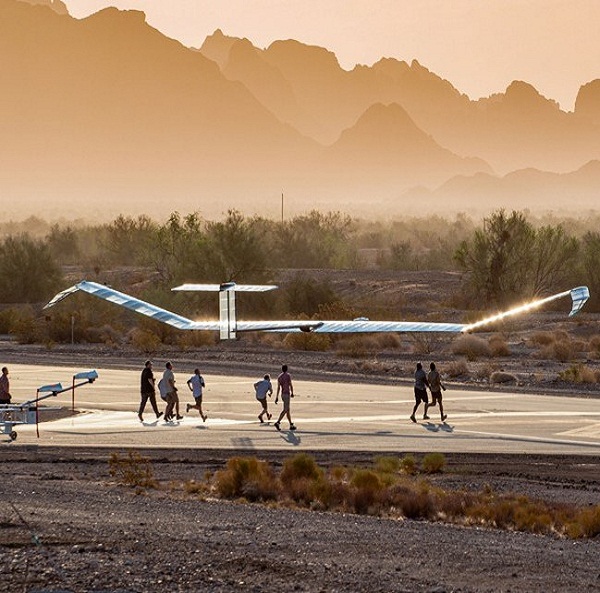Airbus has completed test flights for its solar-powered Zephyr aircraft which is designed to stay airborne for weeks at a time in order to provide internet to users on the ground.
Zephyr could also help with disaster management scenarios, including monitoring the spread of wildfires or oil spills, due to its ability to provide persistent, long-term surveillance.

The unmanned glider, which is powered by two small propellers, could ultimately spend around six months continuously in the air and is cheaper and more environmentally friendly than a satellite.
“Credible and proven ultra-persistence, stratospheric agility and payload interoperability underscore why Zephyr is the leader in its sector,” said Jana Rosenmann, head of unmanned aerial systems at Airbus.
Other competing technologies typically revolve around constellations of satellites to provide internet connectivity on the ground, such as SpaceX’s Starlink which currently has around 1,740 satellites in orbit, or OneWeb, in which the UK government purchased a major stake during 2020.
Speaking to the PA news agency, Rosenmann added: “We have ambitions to be going for periods of months, up to six months. Our batteries are really performing extremely well. I think we’re confident right now about [reaching] three months and I would say that going for six months on this air vehicle would not be a problem.
“Have we proved that operationally? No, not yet – but all the steps we have been doing in our lab tests are clearly indicating that we are on a very good path.”
She added: “I think it’s got a huge potential to reach people that traditionally you’re not going to reach with fibre [broadband]. There isn’t really a limit to reaching the unconnected population today, which is a vast community.”
Bae Systems has also been working on designs for autonomous solar-powered aircraft that use the sun’s energy during the day while relying on battery backups at night.
Source: E&T










